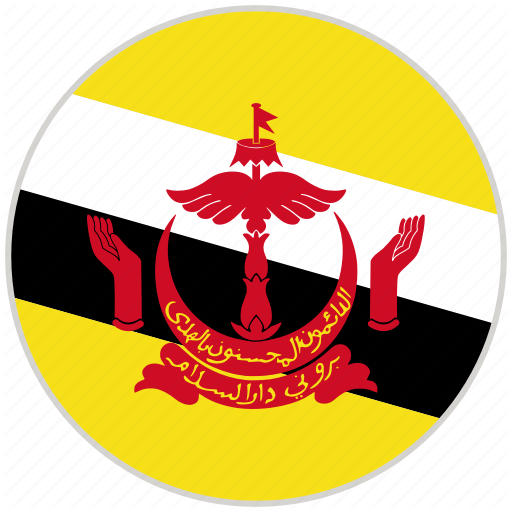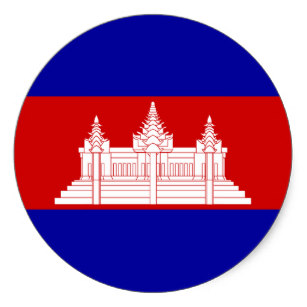In East Asia, regional cooperation and integration have been in progress especially in such areas as economy, finance, education and disaster management through institutionalization of such frameworks as the ASEAN plus Three (APT) in 1997 and the East Asia Summit (EAS) in 2005 as well as the establishment of the ASEAN Economic Community which is expected to be implemented at the end of 2015. In ASEAN, efforts have been devoted to expedite smooth flow of people and goods within the region, thereby reinforcing connectivity of various kinds which would increase the level of intra-regional economic integration. One of the principal pillars of such efforts is to ensure maritime connectivity in the region based on "freedom of navigation." Not only ASEAN member countries but also Japan and other countries in East Asia should not spare efforts to realize firm establishment of observance of the international law including the "United Nations Convention on the Law of the Sea," as well as to take concrete and cooperative actions to render the sea in the region "open and stable."
With regard to maritime cooperation in East Asia on the governmental level, such joint actions and measures as to enhance maritime cooperation to secure safety of navigation and to forge closer cooperation in fighting against sea piracy, hijacking and smuggling, etc. were included in "ASEAN Plus Three Cooperation Work Plan 2013 - 2017" which was adopted at the Fifteenth ASEAN Plus Three Summit in 2013. Besides, responding to the proposal submitted by the government of Japan on the occasion of the Sixth East Asia Summit (EAS) in 2011 of the importance of creating a forum for discussion on maritime cooperation in the region, it has been so arranged that Expanded ASEAN Maritime Forum (EAMF) including the EAS participating countries are convened back-to-back with the existing ASEAN Maritime Forum (AMF). To date, three meetings of EAMF have been convened. In the past meetings of EAMF, topics including enhancement of regional cooperation on maritime issues, the idea of freedom of navigation etc. were discussed. Also, proposals have been made by the EAMF participating countries that EAMF should be so reinforced as to become a forum in which strategic and comprehensive discussions can be made on maritime issues as well as on maritime cooperation.
For the full text of the report, click here.
- Crisis Management in the ASEAN + 3 countries; Migration: In Search for Proper Management
- The Road towards the East Asia Economic Community (EAEC) 2020
- Enhancement of Regional Health in East Asia with Special Reference to the Public Health and Universal Health Coverage
- Institutional Sustainability of NEAT: Towards the East Asian Community
Studies on these topics were undertaken and policy recommendations were formulated.











.png)



.png)




